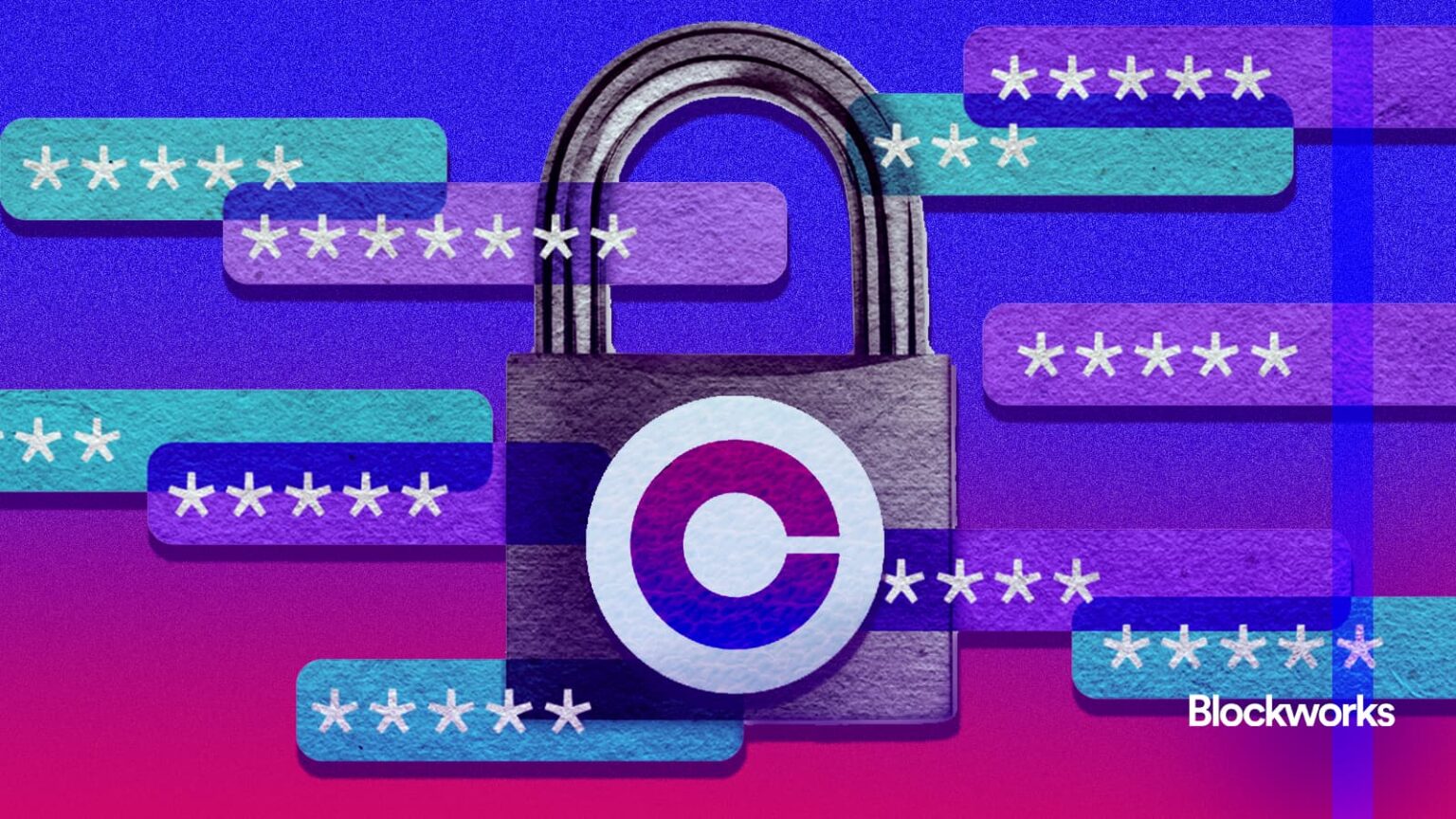Coinbase Reports Less Than 1% of User Data Compromised in Breach
An internal digital asset exchange breach exposed sensitive customer information, including government IDs and partial SSNs, in a concerning incident.
Coinbase, a leading digital asset exchange, announced on Thursday that a breach had resulted in the exposure of personal data belonging to less than 1% of the platform’s users. The compromised information included names, addresses, phone numbers, the last four digits of Social Security numbers (SSN), and government ID data.
Breach Origin and Suspected Actors
Coinbase stated that the incident stemmed from actions by what they describe as “overseas” customer support agents. These agents reportedly shared customer data—such as government IDs and addresses—with scammers. Coinbase believes the targeted data is being used by these individuals to launch social engineering scams against affected users.
No Ransom Paid, Focus on Mitigation
The group responsible reportedly demanded a $20 million Bitcoin ransom payment. Coinbase has declined this demand, stating they are actively implementing measures to prevent future incidents and are committed to reimbursing affected individuals for losses incurred.
Estimated Financial Loss
The company estimates the data breach incident may ultimately cost it between $180 million and $400 million, factoring in external costs, remediation efforts, and potential liabilities.
Heightened Consumer Anxiety
The breach has understandably raised significant consumer alarm. Crypto attorney Ariel Givner noted receiving numerous inquiries from affected Coinbase clients expressing concerns about their exposed information.
Steps Users Can Take to Protect Themselves
Following notification of a data exposure, users should consider several steps:
- Credit freezing to prevent unauthorized credit account creation.
- Placing fraud alerts with major credit bureaus.
- Removing personal information from services like Google using tools such as DeleteMe.
- Reviewing Google Maps settings to obscure home locations in street view.
- Monitoring financial accounts for signs of identity theft.
- Utilizing encrypted password managers and ensuring multi-factor authentication for all accounts.
- Never sharing seed phrases, wallet passwords, or PINs, even with purported support personnel.
- Establishing a secret verification phrase with trusted contacts to combat social engineering.
Additionally, experts advise:
- Using credit cards, not debit cards, for online purchases where possible.
- Keeping antivirus software updated and exercising caution with unsolicited calls or emails.
- Avoiding phishing links and unsubstantiated credit card offers.
- Regularly reviewing credit reports and financial statements.
Regulatory Advice
The Texas Attorney General’s office recommends using credit over debit for online transactions and suggests limiting online use to a single credit card for better identity management. California’s Attorney General echoes these points, highlighting the importance of antivirus protection, vigilance against unsolicited contact, rejection of pre-approved offers, and regular financial monitoring as key preventative measures.
Prevalence of Data Breaches
While considering the Coinbase incident, it’s important to remember that data breaches are alarmingly common across sectors. Last year, numerous companies (including AT&T, UnitedHealth, Ticketmaster, Dell, Disney, and Roku) alongside government entities faced significant data breaches.
Broadly speaking, reports indicate the average cost of such an incident has increased to $4.88 million. Industry analysis, such as NordLayer’s citing Verizon’s Data Breach Investigations Report, suggests that human error contributes to roughly 68% of breaches, underscoring the critical importance of robust internal controls and user awareness.
Preventability is Key
Despite the technical complexity of sophisticated attack vectors, many high-profile security failures are fundamentally preventable, experts stress. Mitigating risks primarily begins with stringent data access policies and secure data storage practices, representing a shared responsibility across technology companies and individual users alike.












